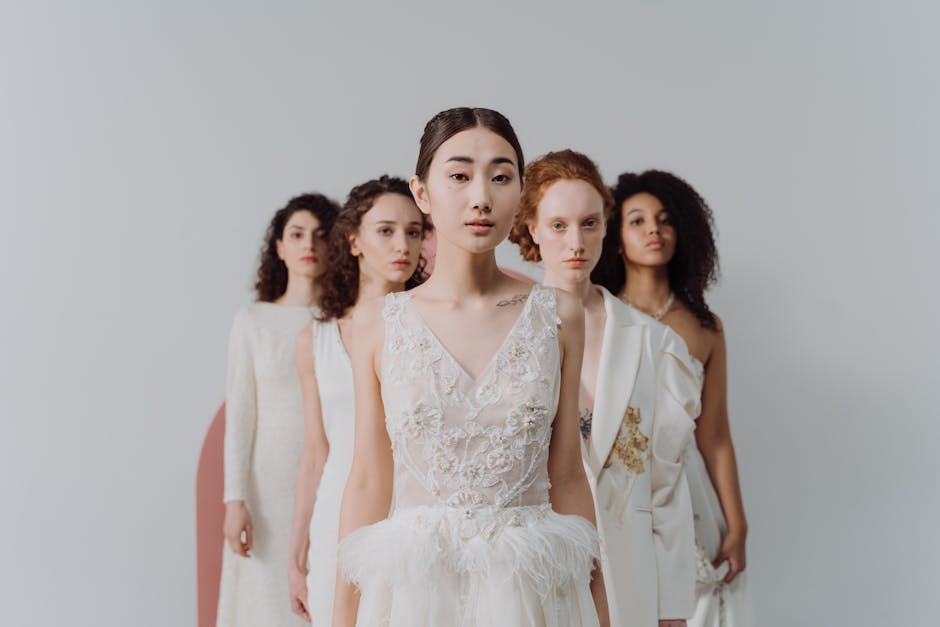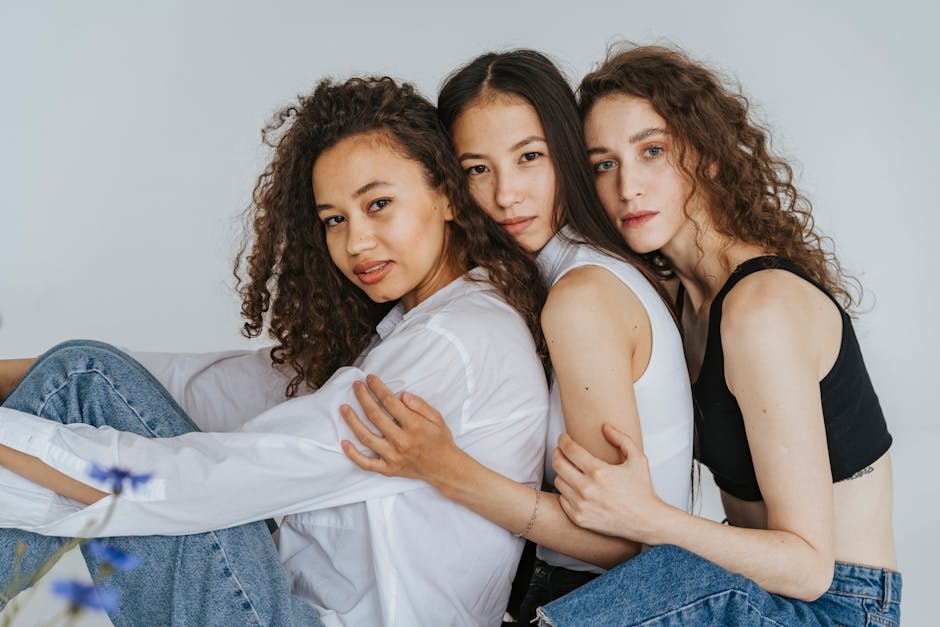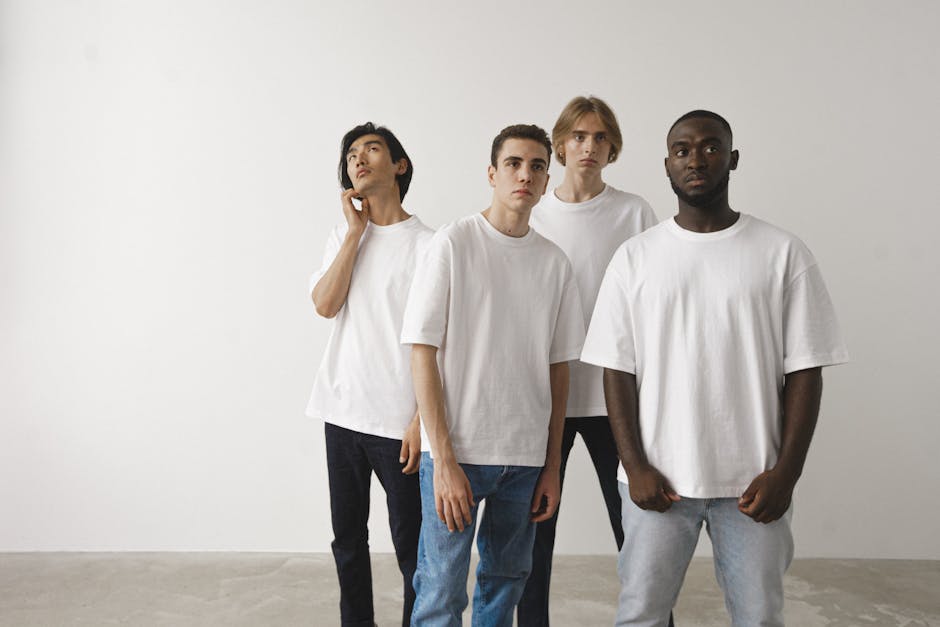Welcome to the World of Inclusive Style Narratives
Imagine a world where fashion and storytelling intersect, creating a space where everyone feels seen, heard, and represented. This is the essence of inclusive style narratives. In a society that is becoming increasingly diverse, the need for fashion and style to reflect this diversity has never been more important. In this blog article, we will delve deep into the realm of inclusive style narratives, exploring its many facets, from its historical roots to its current applications and future implications.
The Historical Roots of Inclusive Style Narratives

The concept of inclusive style narratives is not a new phenomenon. Throughout history, marginalized communities have used fashion and style as a form of self-expression and resistance. From the Harlem Renaissance of the 1920s to the punk subculture of the 1970s, clothing has been used to challenge societal norms and push boundaries.
One of the earliest examples of inclusive style narratives can be seen in the work of renowned designer Elsa Schiaparelli. In the 1930s, Schiaparelli collaborated with artist Salvador Dali to create a collection that blurred the lines between art and fashion. This collection featured surrealistic prints and avant-garde silhouettes, paving the way for future designers to explore unconventional ideas.
Current Applications of Inclusive Style Narratives

Today, inclusive style narratives are more important than ever. With the rise of social media and online platforms, individuals from all walks of life have the opportunity to share their stories and perspectives through fashion. Brands are also starting to take notice, with many embracing diversity and inclusivity in their marketing campaigns and collections.
One brand that has been at the forefront of inclusive style narratives is Chromat. Founded by designer Becca McCharen-Tran, Chromat is known for its body-positive designs and diverse runway shows. By featuring models of all shapes, sizes, and backgrounds, Chromat has set a new standard for inclusivity in the fashion industry.
Another example of inclusive style narratives in action is the rise of gender-neutral fashion. As society becomes more aware of the limitations of traditional gender norms, designers are creating clothing that is not limited by binary ideas of masculinity and femininity. Brands like Telfar and Eckhaus Latta are leading the charge, with collections that are designed to be worn by anyone, regardless of gender identity.
Future Implications of Inclusive Style Narratives

Looking ahead, the future of inclusive style narratives is bright. As more designers and brands embrace diversity and inclusivity, fashion has the potential to become a powerful tool for social change. By amplifying the voices of marginalized communities and challenging traditional beauty standards, inclusive style narratives have the power to shape a more equitable and inclusive world.
One exciting development on the horizon is the use of technology to create more inclusive fashion experiences. Virtual and augmented reality are being used to create virtual fitting rooms and personalized shopping experiences, allowing customers to see themselves represented in the fashion industry like never before.
Additionally, the rise of sustainable and ethical fashion practices is closely intertwined with the concept of inclusive style narratives. By prioritizing transparency, fair labor practices, and environmentally friendly production methods, brands can ensure that their clothing is accessible to everyone, both now and in the future.
Common Misconceptions About Inclusive Style Narratives

Despite the progress that has been made in the realm of inclusive style narratives, there are still some common misconceptions that persist. One of the most prevalent misconceptions is that inclusive fashion is limited to plus-size or gender-neutral clothing. In reality, inclusive style narratives encompass a wide range of identities and experiences, including race, age, disability, and more.
Another misconception is that inclusive fashion is a passing trend, rather than a fundamental shift in the industry. Inclusive style narratives are not just about diversity quotas or marketing strategies; they are about creating a more equitable and inclusive fashion landscape that celebrates the uniqueness of every individual.
FAQs About Inclusive Style Narratives
Q: How can I support inclusive style narratives as a consumer?
A: As a consumer, you can support inclusive style narratives by shopping from brands that prioritize diversity and inclusivity in their collections and marketing. You can also follow and promote diverse voices in the fashion industry, whether that be through social media, fashion blogs, or other platforms.
Q: What are some resources for learning more about inclusive style narratives?
A: There are many resources available for learning more about inclusive style narratives, including books, documentaries, podcasts, and online communities. Some recommended resources include “The Politics of Fashion” by Ulrich Lehmann and “The Gospel According to Andr” documentary about legendary fashion editor Andr Leon Talley.
To Wrap Things Up
In conclusion, inclusive style narratives are a powerful force for change in the fashion industry. By embracing diversity, challenging norms, and amplifying marginalized voices, inclusive style narratives have the potential to transform the way we think about fashion and style. As we look to the future, it is essential that we continue to support and uplift inclusive fashion initiatives, ensuring that everyone has a seat at the table.
Remember, fashion is not just about what you wear; it’s about the stories you tell and the impact you make. Let’s continue to celebrate the beauty of diversity and inclusivity in all its forms.




